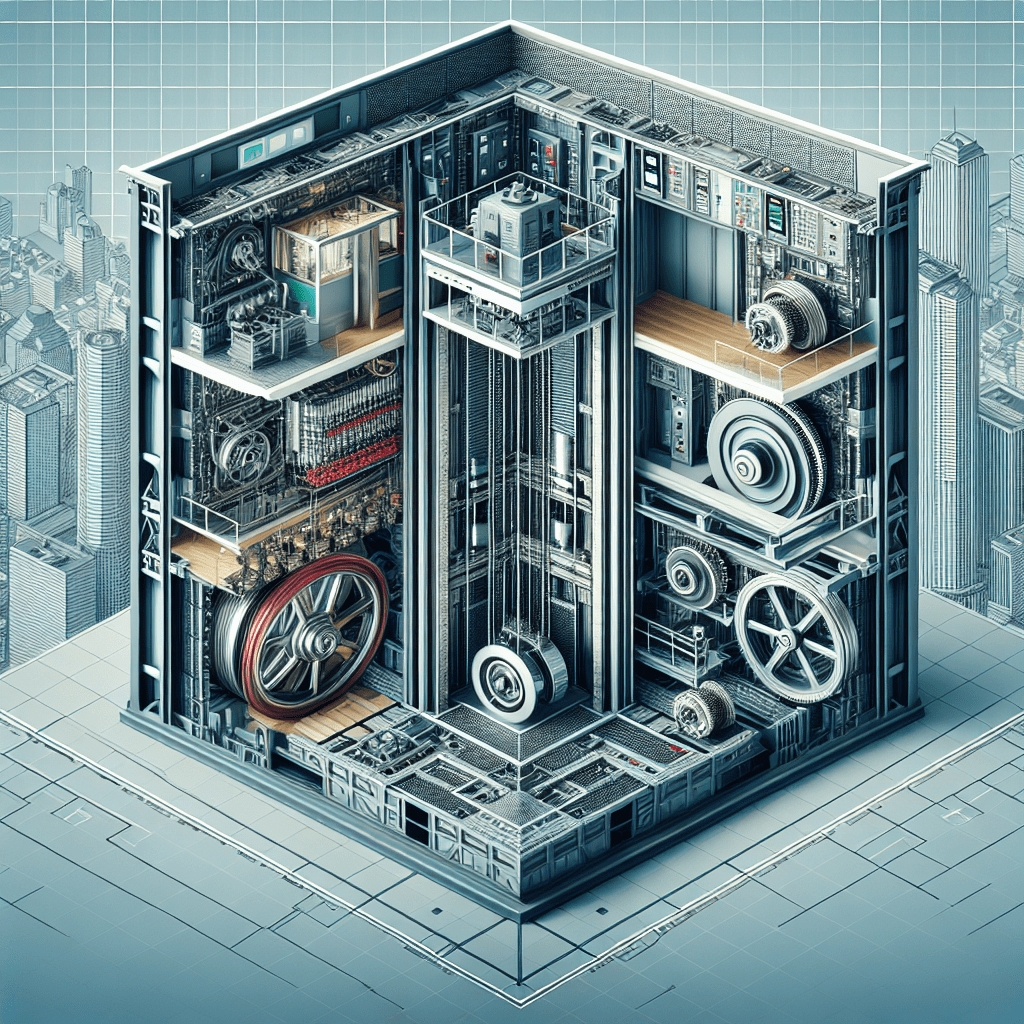Introduction to Lifts
Lift, also known as an elevator, can best be defined as a type of vertical transport equipment that efficiently moves people or goods between the floors or levels in high-rise buildings, apartments, office complexes, and other multiple-level facilities. While traditionally driven by mechanical strength, modern-day lifts are computer-controlled, driven by robust and powerful electric motors. They are an essential fixture in modern cities, particularly in high-rise edifices that dominate the ever-growing city skylines.
Historical Background of the Lift
The genesis of the concept of lift, surprisingly, pre-dates even the building of high-rise buildings. Primitive lifts were in use as early as the Roman civilization for transporting goods and sometimes people.
However, the real breakthrough in lift technology came in the middle of the 19th century with the invention of the safety elevator by Elisha Otis. This significantly reduced the risk of cable failure and made lifts a safer, more reliable means of vertical transportation. The safety elevator presaged the boom in skyscraper construction, as it now became feasible to build, and access, several vertical meters safely and quickly.
Mechanics Behind Lifts
The mechanics of lifts are founded on fairly simple physical principles, involving counterweights and pulleys. In a basic lift, the lift car is balanced by a counterweight which minimizes the energy required to lift the car. The counterweight weighs about the same as the car when it’s half full, so when the car is empty or only partially full, the system is relatively balanced; this efficiency is significant in taller buildings with more lift travel distance.
Modern lifts also include more advanced features like computer-controlled motors, which adjust the speed of the lift to provide a smoother ride and more efficient operation.
Types of Lifts
There are numerous types of lifts in use today, which can be broadly divided into two categories – passenger lifts and goods lifts. Passenger lifts are deployed extensively in offices, multi-storied apartments, malls, hospitals, and many more places. Their capacity can range from one person to over 30 people. On the other hand, goods lifts, also known as service lifts, are used strictly for transporting goods and have a much larger capacity.
Recent technological breakthroughs have also given us high-speed lifts, double-deck lifts, and green lifts (energy efficient lifts).
Notes
Image Description
The image shows a cross-sectional view of a modern high-speed lift inside a skyscraper. It shows the lift car, the counterweight, the pulley system, the electric motor, and a computerized control panel, illustrating the key components and the operational principle of the lift.
